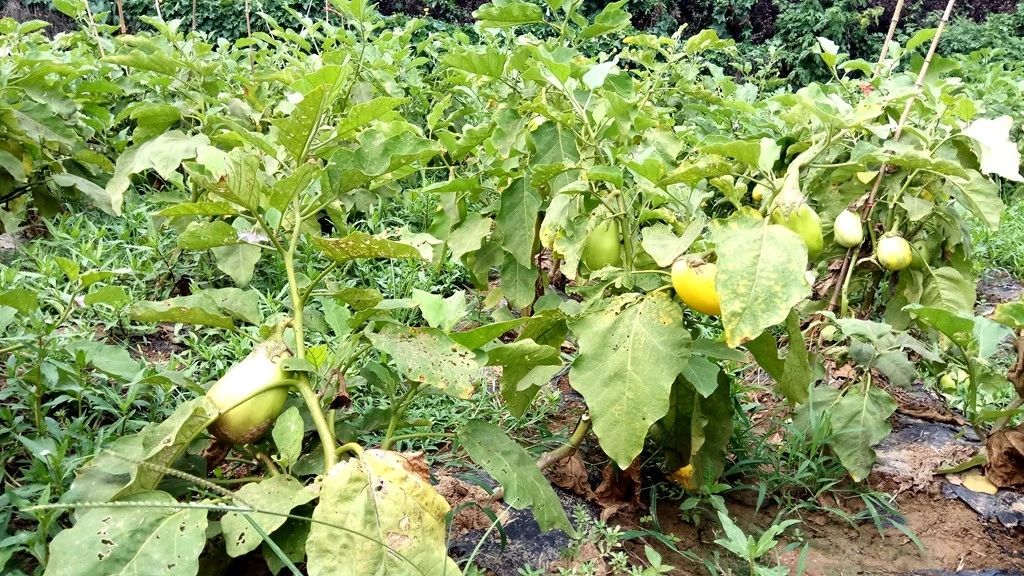Fungal disease characteristics
1. There must be diseased spots on all parts of the plant. The shape of the lesion can be round, oval, polygonal, wheeling or amorphous.
2. There must be mildew or powder of different colors on the spots, such as white, black, red, gray, brown, etc. Cucumber powdery mildew, for example, leaves on the spot appear white powdery. Again, such as melon and tomato gray mold, leaf, residual flowers and fruit appear gray mildew.
Characteristics of bacterial diseases:
1. Leaf spots without mildew or powder. Having pili is the important difference between fungal and bacterial diseases.For example, cucumber bacterial keratosis and downy mildew symptoms are similar, leaves appear polygonal disease spots, easy to confuse, wet disease spots on the long black mold, and keratosis is not.
2. Mucous appears when the roots rot and give off a bad smell. Odor is an important characteristic of bacterial diseases, such as soft rot of Chinese cabbage.
3. Fruit sores or scabs with small bumps on the surface. Examples include tomato canker and pepper scab.
4. The root is green and withered, and the vascular bundle at the root tip turns brown. Take the bacterial wilt of peppers.
Characteristics of viral diseases:
The virus does not kill the plant immediately, but mainly changes the growth and development process of the plant.
After infecting the host, viruses not only compete with the host for nutrients necessary for growth, but also destroy the nutrient transport of the plant, change some metabolic balance of the host plant, so that the photosynthesis of the plant is inhibited, resulting in plant growth difficulties, malformation, etiolation and other symptoms, and serious death of the host plant.
Post time: Oct-21-2022


